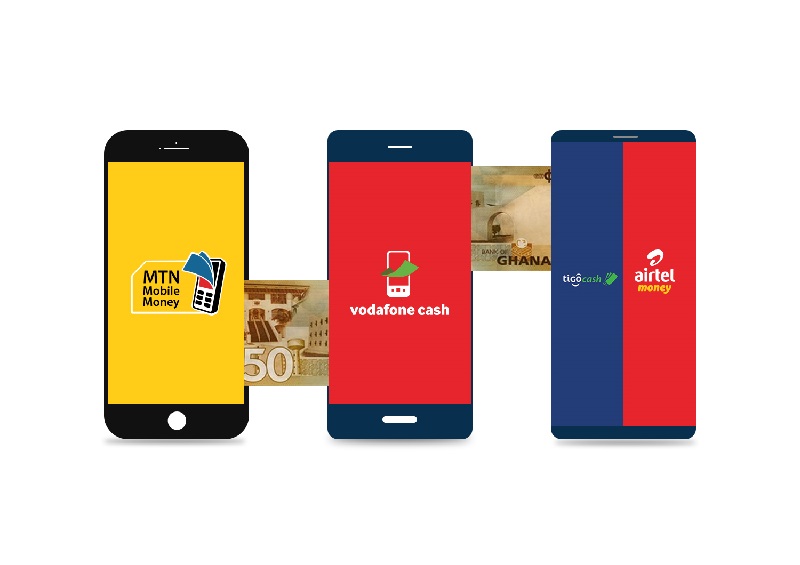Developing an understanding of your customer to build a successful product or business model is not just a data crunching game. Quantitative market research and analytics are important and useful, of course. But when it comes to identifying breakthrough ideas, individual customer experiences can be uniquely powerful.
Responsibility for acquiring qualitative customer insights is often outsourced to a market research firm. I think the instinct to always look outside for this customer research could use a second look. Market research firms may have their place in your product development strategy, but today’s companies also need all their employees to have a deep, strategic understanding of their business and customers. And your employees can — and increasingly must — act as market researchers, transforming the company into what I’ve previously described as an “Insight-Driven Organization.”
One of the problems with the traditional, outsourced model is that it’s slow and often time constrained. And it requires funding, procurement, contracting, project management, and a number of other resources. This often makes it a discrete, occasional activity. But when employees at all levels of the company are charged with generating regular insights over time, they can act constantly as sensors and uncover data, findings and insights in a more continuous flow.
The question then turns to HOW? How can we design and build an organization where employees are ongoing sensors of customer’s insights? And why is that better than simply hiring an outside market research agency?
Since my previous work on this topic, I have further researched and applied the ideas at large companies and road-tested a framework to support business leaders who want their own managers and employees to be better connected to the thoughts, problems, and experiences of their customers.
The framework includes:
- Identifying the employees who could best act as sensors for customer insights beyond the usual frontline employees.
- Designing methods, tools, and training for those employees to engage with customers and generate insights for your existing and new products as well as new business models.
- Developing a “customer insight generation process” for capturing, socializing, and reviewing these new customer insights – in other words, doing something with the data so it connects back to product innovation.
- Making customer engagement a company priority, by creating reasonable time and space in the job descriptions of the employees who will act as sensors.
Consider Arena, a global leader in swimwear. The company leverages its sales reps around the globe to generate customer insights. They have been trained to use their smartphones and a simple app to post pictures, videos, comments, and observations. The central design function moderates the discussion and organizes data points, eventually developing new hypotheses and asking for more information when needed. Finally, key validated insights are channelled to the product development process. In some cases, the insights have been instrumental in generating completely new products.
In one example, Arena sales reps observed that some beginners went to the pool a few times and then gave up – this was identified as an interesting segment to explore. Observations and probes run by sales reps revealed that this group struggled to develop good breathing technique, a common challenge for novice swimmers. Poor breathing creates problems with executing strokes, making it harder to move comfortably in the water.
This insight led Arena to develop a new device, called the Freestyle Breather, a pair of plastic “foils” or “fins” that can be attached to most marketed goggles. The Freestyle Breather has three main functions: it facilitates inhalation by enhancing the bow wave, making it easier to breathe into the air pocket; it secures inhalation by protecting the mouth and nose from splashes and water drops; and it reduces over rotation of the head and body because swimmers feel less anxiety and risk of breathing water.
Generating these kinds of insights can happen organically. For example, if a sales rep has an idea for how to potentially improve the functionalities on a product, they might just add an extra 15 minutes of additional inquiry during a regular visit to a customer.
Other insights need to be prompted – and prioritized by managers for those who don’t usually interact with customers like sales reps or customer service employees do. Intuit has routinized the practice in the job descriptions of both managers and employees. Each person at Intuit must spend a few hours per month interacting with customers. While the practice is mandatory, at Intuit generating such insights has become ingrained in the company culture. Now, it is a natural part of everyone’s job, independently from any formal mandate.
Adding customer explorations to job descriptions is useful not only for large companies, but also for small businesses. At Davide Oldani’s Michelin-starred restaurant D’O in Milan, there are no professional waiters. Although it may sound strange for a high-end gourmet restaurant, the practice of waiting tables has been routinized in the job description of the cooks. With weekly turns, the cooks take orders directly from customers and experience their needs in the context of the restaurant. Cooks are clearly better positioned than waiters to passionately explain the menu and understand the evolving needs of customers. The cooks can use the insights they generate interacting with the restaurant’s customers into the menu innovation session held every season.
There are few major advantages of this type of customer insight generation. One of them is cost. Today, many employees have a company-supported smartphone or a tablet. Once trained, your sensors already have the devices and digital apps which can make possible to carry out and share ethnographic research and customer’s probes at nearly zero cost.
The second is the x-factor volume of qualitative insights you can generate. If you have 2,000 employees spending two hours per month exploring issues with customers then you end-up with 4,000 hours per month of customer research at little additional cost. That’s a lot of useful data for your product teams. No external market research budget can match this. And if you have the processes in place to interpret those observations, you could both identify breakthrough products and engage your employees in new ways that broaden their critical thinking skills and their understanding of your customers.
Author: Alessandro Di Fiore

Alessandro Di Fiore is the founder and CEO of the European Centre for Strategic Innovation (ECSI) and ECSI Consulting. He is based in Boston and Milan. He can be reached at adifiore@ecsi-consulting.com.
Article first published in the Harvard Business Review








